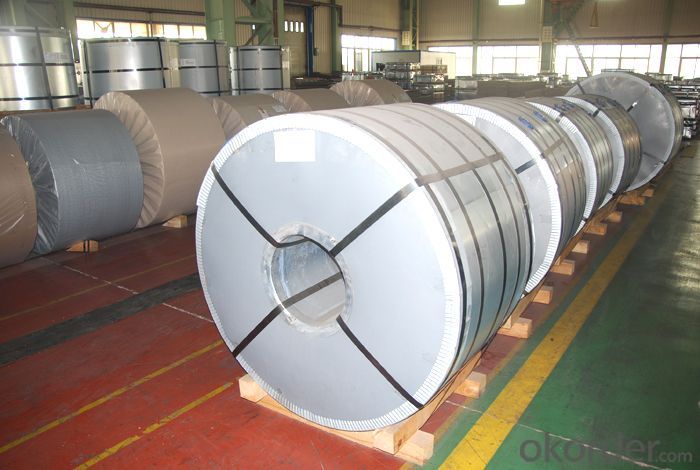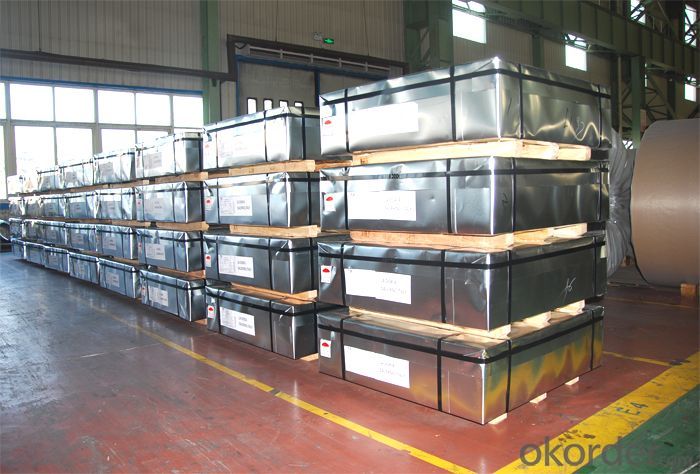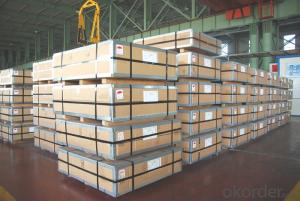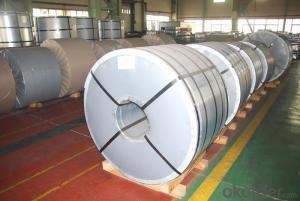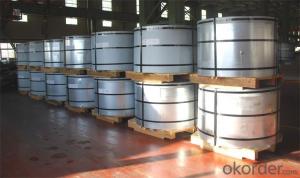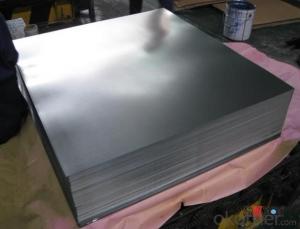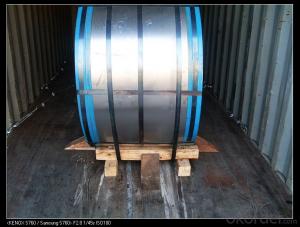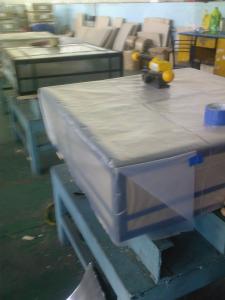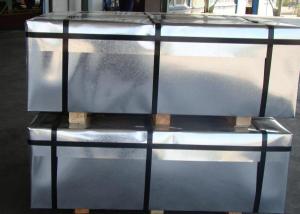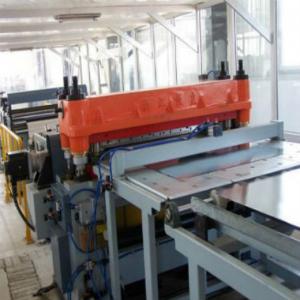Lacquered Tinplate for Metal Packing ETP Coils
- Loading Port:
- Shanghai
- Payment Terms:
- TT OR LC
- Min Order Qty:
- 100 m.t.
- Supply Capability:
- 40000 m.t./month
OKorder Service Pledge
OKorder Financial Service
You Might Also Like
We manufactures and sales Electrolytic Tinplate (ETP) and provides the lithography service for its domestic and international clients, guaranteeing quality, timely deliveries and offering technical assistance with the purpose of providing our clients added value with our products. We provide technical assistance and contribute in special projects made with our indirect clients to develop the market of our direct clients.
Tinplate (TP) is a heterogeneous material of stratified structure known like electrolytic tinplate (TP), whose base is made by a sheet of sweet steel of low carbon, covered by both faces by a cap of tin, which is used to manufacture tin cans and tin can parts, which must comply certain properties according to the product to be canned, the process of production and the final destination of the canned product.
Electrolytic TinPlate: Composition
E.T.P. consists of five layers each of which performs a different role:
1. Steel Base: Provides stiffness to the material due to its thickness and mechanical strength. Its chemical composition imparts special properties to resist corrosion.
2. Iron-Tin Alloy: This is made up by the inter-metallic compound Fe-Sn2. Due to its electrochemical characteristics, it acts as a barrier against corrosion. For effective action, its continuity is more important than its quantity.
3. Metallic Tin: Tin has many advantages which have turned it into the most important element to protect steel used for cans; in many foods, it acts as a simple barrier against corrosion, improves weldability, it is an excellent base for lithographic printing and for applying lacquers. In tin-robbing foods, it acts as a sacrificial element.
4. Passivation Film: According to its nature, it makes it possible to improve the E.T.P.’s resistance to sulphiding, oxidation and rust. It is also a conditioner to improve the adherence of varnishes, inks, lacquers etc.
5. Oil Film: Protects the sheet from the humidity in the environment and makes easy to handle. It is applied using an electrostatic oiler on both sides of the sheet.
Main Features of the Lacquered Tinplate for Metal Packing ETP Coils
Tinplate can ensure food hygiene and minimize the possibility of corruption, effectively
prevent the danger to health, but also in line with modern convenience in tinplate packaging
of canned food diet, rapid demand, tea packaging, coffee packaging, health careproduct
packaging, candy wrappers, cigarette packaging, gift packaging, food packaging containers
are preferred.As well as other miscellaneous cans of the oils and fats cans, chemicals
cans, beverage cans, spray cans, and and so on on.
Lacquered Tinplate for Metal Packing ETP Coils Images
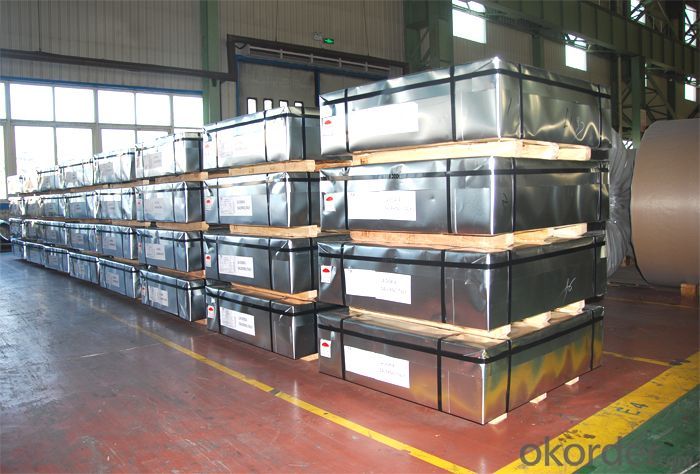
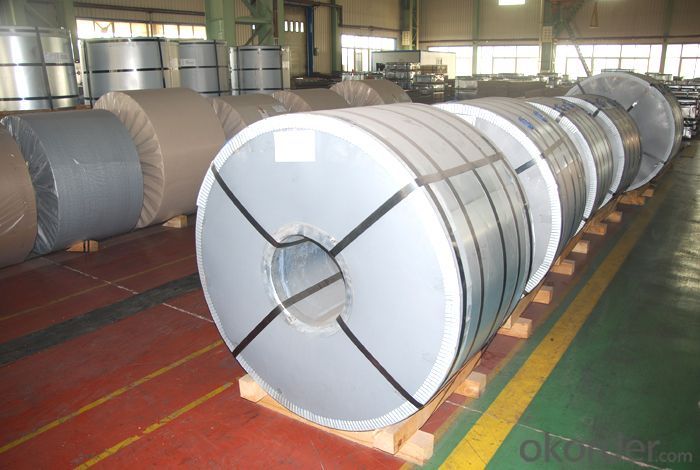
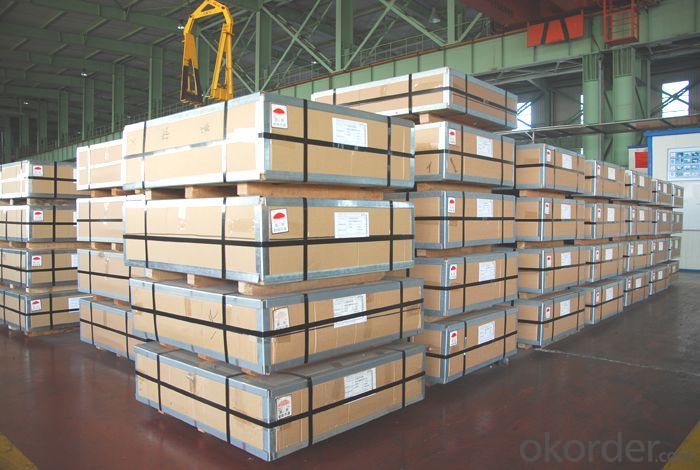
Lacquered Tinplate for Metal Packing ETP Coils Specification
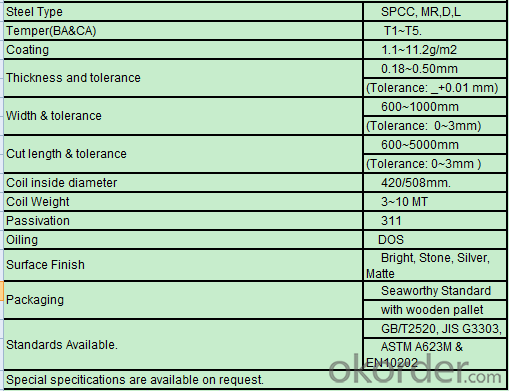
FAQ of Prime 2.8/2.8 EPT Sheets Coils TinPlate For Cans Making
How long does it take to get the product if i place an order?
With the process of your requirements,we will pack and deliver in 3-7 days.If it is by sea shipment,it will take 15-45 days depending on different locations.
- Q: What are the different coating options for tinplate?
- Some of the different coating options for tinplate include electrolytic tin coating, chrome oxide coating, lacquer coating, and organic coatings such as epoxy or polyester.
- Q: How is tinplate coated?
- Tinplate is coated through a process called electroplating, where a thin layer of tin is applied onto the surface of steel or iron. This is done by immersing the metal into an electrolyte solution along with a tin anode and passing an electric current through the setup. The electric current causes tin ions to be attracted to the metal surface, forming a protective coating of tin on both sides of the tinplate.
- Q: What are the common thicknesses of tinplate?
- The common thicknesses of tinplate range from 0.13mm to 0.49mm, with the most commonly used thicknesses being 0.18mm, 0.20mm, and 0.23mm.
- Q: What are the advantages of using tinplate for cosmetic packaging?
- There are several advantages of using tinplate for cosmetic packaging. First, tinplate is highly durable and provides excellent protection to the cosmetic products, ensuring their integrity during transportation and handling. Second, tinplate is resistant to corrosion and can withstand moisture, which is crucial for preserving the quality and shelf life of cosmetics. Third, tinplate is a sustainable packaging option as it is 100% recyclable and can be reused multiple times, reducing the environmental impact. Lastly, tinplate offers a premium and attractive appearance, enhancing the overall aesthetic appeal of cosmetic packaging and leaving a positive impression on consumers.
- Q: What are the different tinplate surface finishes?
- There are several different tinplate surface finishes available, including bright finish, stone finish, matte finish, and lacquered finish. These finishes offer various levels of shine and texture, allowing for different aesthetic and functional purposes in the tinplate industry.
- Q: What are the advantages of using tinplate for signage?
- There are several advantages of using tinplate for signage. Firstly, tinplate is highly durable and long-lasting, making it ideal for outdoor signage that needs to withstand various weather conditions. Additionally, tinplate is resistant to corrosion, reducing the risk of the signage deteriorating over time. Furthermore, tinplate can be easily shaped and molded into various designs, allowing for creative and eye-catching signage. Lastly, tinplate is cost-effective compared to other materials used for signage, making it an affordable option for businesses.
- Q: What are the common closure mechanisms for tinplate containers?
- The common closure mechanisms for tinplate containers include screw caps, snap-on lids, and lever-lid closures.
- Q: Can tinplate be used for gift packaging?
- Yes, tinplate can be used for gift packaging. It is a versatile material that offers durability and can be easily shaped into various sizes and designs. Tinplate also provides a visually appealing and premium look, making it an excellent choice for gift packaging.
- Q: Is it necessary for the two cold rolling in the process of tinplate production, such as tempering and cold rolling (also called flatness)?
- The leveling process is only to change the yield platform or to improve the plate shape. Under normal pressure is very small, can not be considered cold rolled in the true sense.
- Q: What are the common printing and decoration techniques for tinplate?
- Some common printing and decoration techniques for tinplate include lithography, offset printing, embossing, debossing, hot stamping, and varnishing. These techniques allow for vibrant and detailed designs to be applied to tinplate surfaces, making them visually appealing and customizable for various products and purposes.
Send your message to us
Lacquered Tinplate for Metal Packing ETP Coils
- Loading Port:
- Shanghai
- Payment Terms:
- TT OR LC
- Min Order Qty:
- 100 m.t.
- Supply Capability:
- 40000 m.t./month
OKorder Service Pledge
OKorder Financial Service
Similar products
Hot products
Hot Searches
Related keywords


